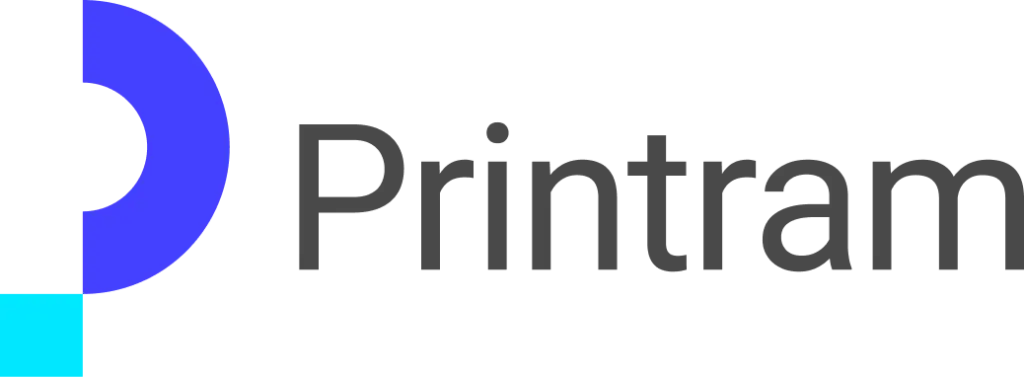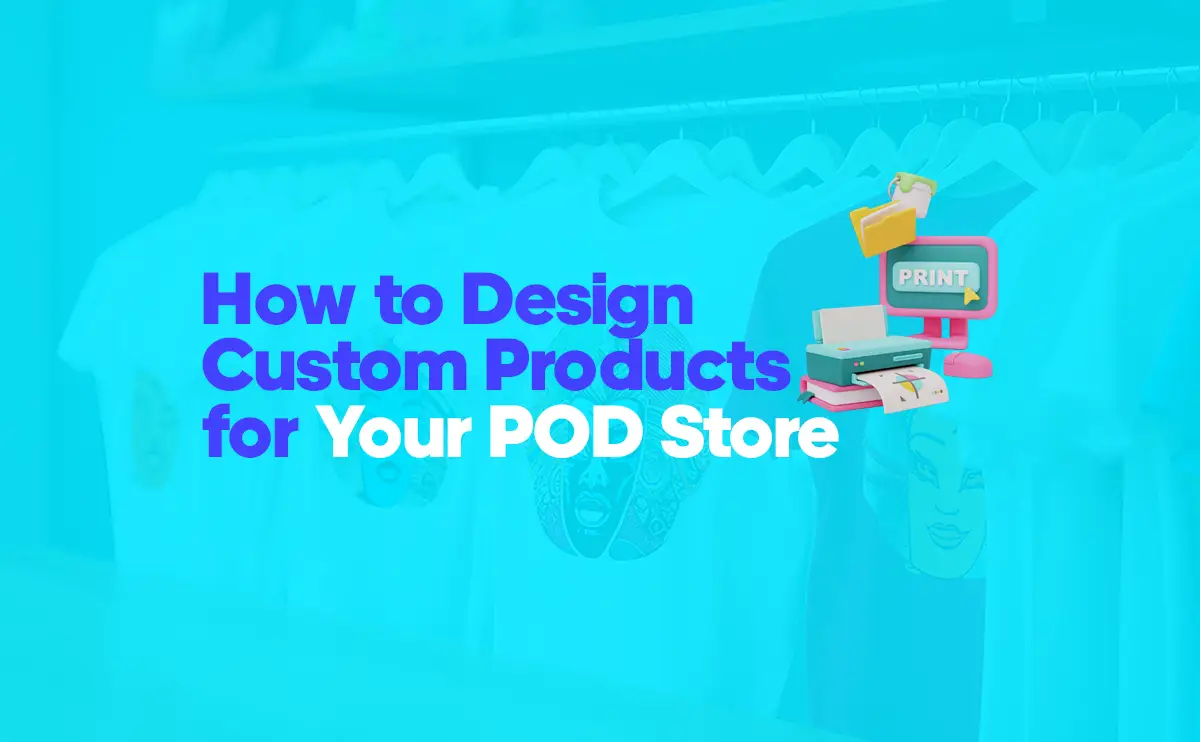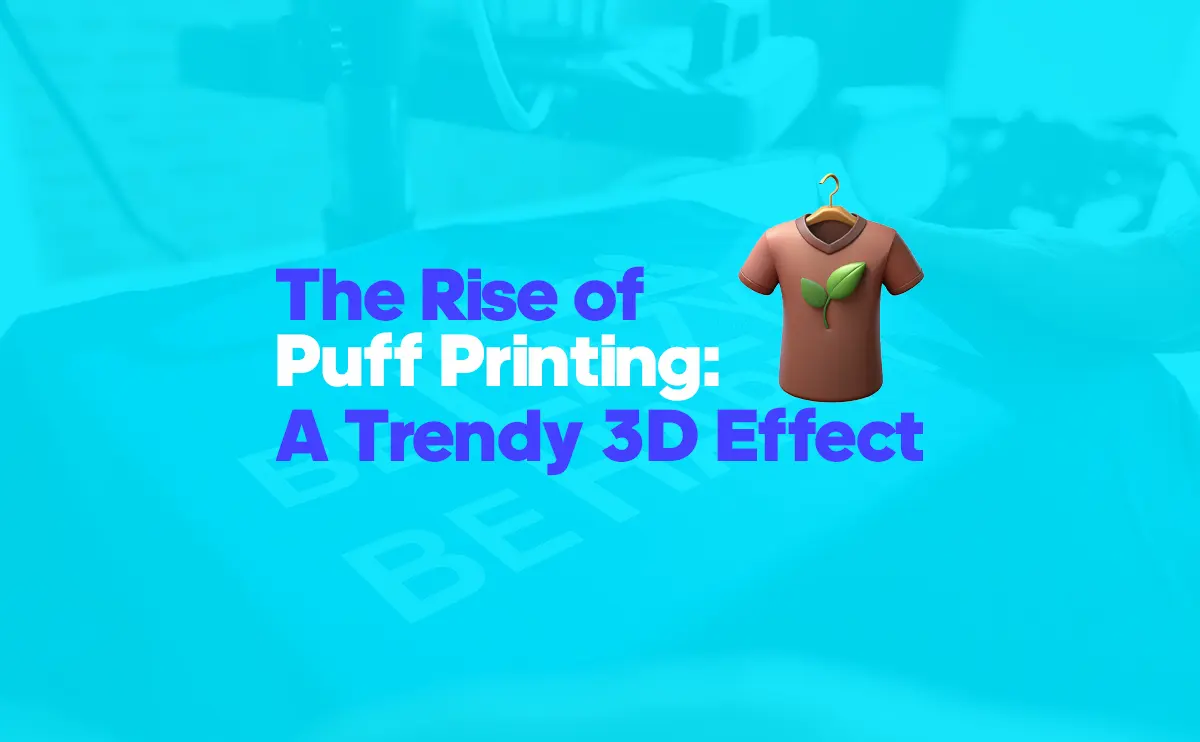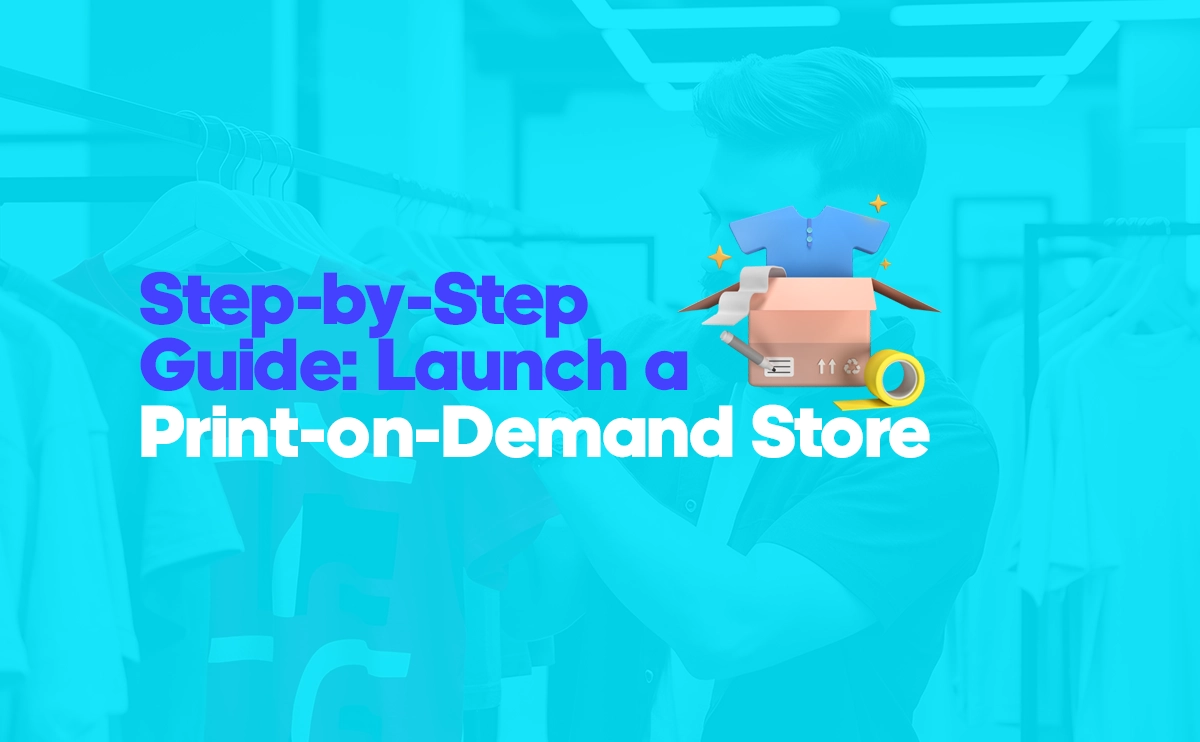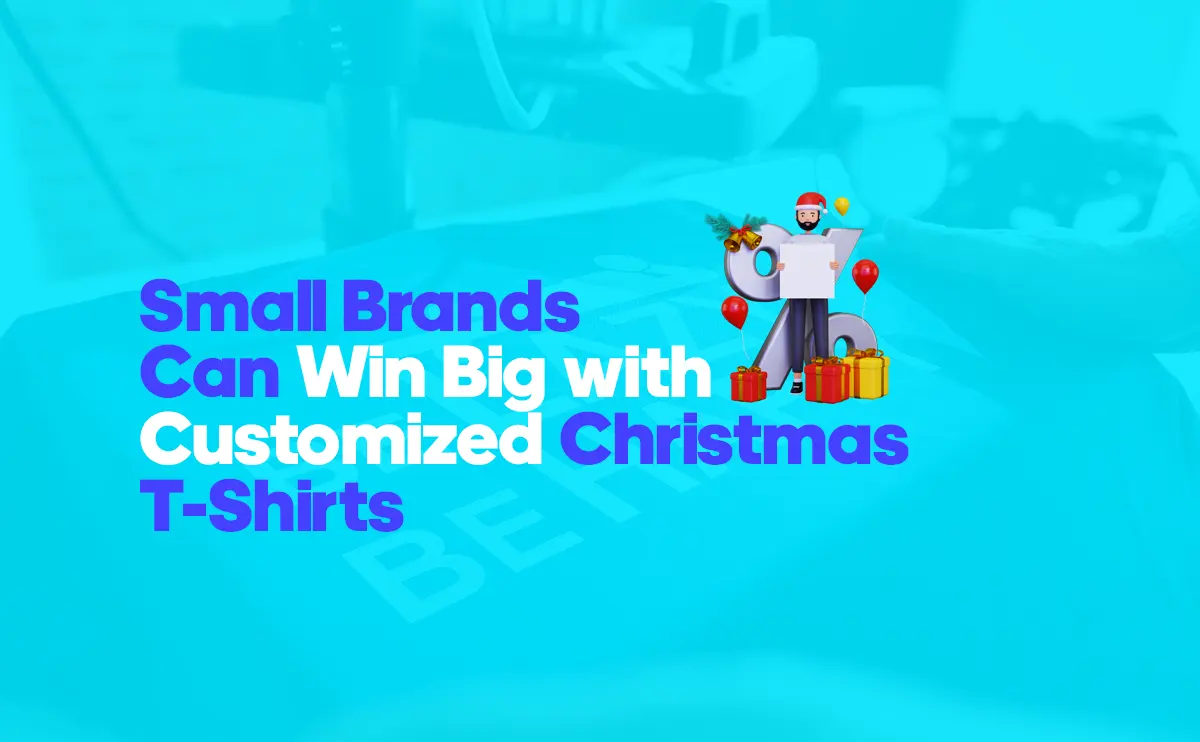Creating your own custom products for your print on demand (POD) store is an excellent means of unleashing your creative juices and creating a unique brand. From t-shirt creation to mug and phone case creation, the POD design is a mix of creative inspiration, design intelligence, and technical software. Throughout this article, we will take you through the most critical steps to help you design custom products online that will set your brand apart in the competitive POD market. We will give you essential print on demand design tips, the best design software to use for POD, and a lot more to help you succeed at making products sell and take your sales to the next level.
Why Product Design is Crucial to POD Success
Design might be the most significant part of a print on demand shop. A well designed item has the potential to create an enormous difference in making people come to your store. Print on demand design ideas involve coming up with designs that not only look stunning but also have a design that appeals to the sense of your target audience. Whether you are a professional designer or a complete beginner, mastering the basics of designing awesome, print ready artwork will make you stand out in the market.
Step 1: Know Your Target Audience
Before getting into the design process, it is very important to know who your target audience is. It will be easier to make your creations according to their preferences if you design a product for a particular group of people. Your audience might be cat lovers, fitness enthusiasts, or travelers, but in any case, your designs must be in harmony with their interests and lifestyles. When you focus on a smaller market, you can make unique products for sale that will appeal directly to your customer segment.
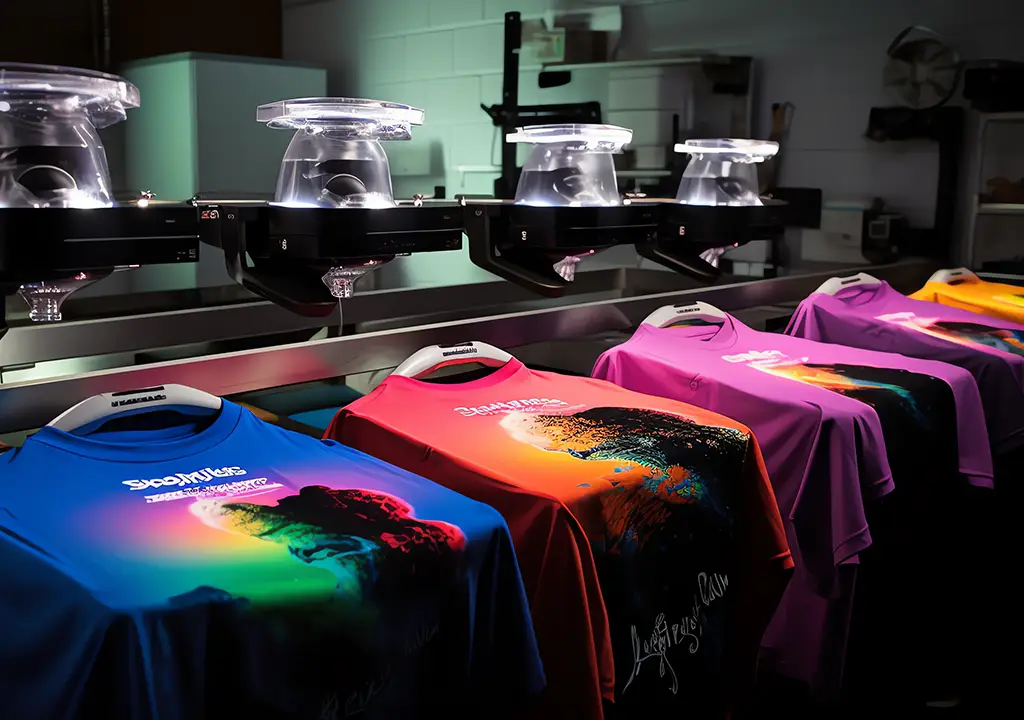
Step 2: Choosing the Right Products for You to Design
Choosing which to sell is step one in learning how to design for print on demand. Print on demand platforms have an enormous catalog of products which can be customized, such as t-shirts, hoodies, tote bags, mugs, phone cases, and many more. What you choose will impact the design because each item has different sizes and print areas.
As an example, when you design for a t shirt, you need to take note of the printable area, which is generally the front or the back of the shirt. In the same way, when you design for mugs, you need to take note of the shape of the mug and how your design will wrap around it. Keep these things in mind when you are selecting products for your POD store so the design will be appropriate to the medium.
Step 3: Create Appealing Graphics
The second half of the step by step guide to custom product design is creating appealing designs that your target customers will like. The design should be innovative, appealing, and easy to read, especially for small items like phone cases or coffee mugs. In most cases, the less complicated, the better, especially for t-shirts and other apparel since too much detail will not make sense to the reader.
Leave in mind color schemes that will appear great on your selected product. If you are designing for dark products, design light coloured designs for great contrast. And if designing for light products, dark or bold coloured designs will have great contrast.
Step 4: Use the Optimal Design Software for POD
To create custom products online, using the best design software for POD is essential. There are a number of tools that are created for the exclusive purpose of serving POD sellers. Adobe Illustrator, Canva, and Affinity Designer are a few of the best used software by them. These programs enable you to produce professional quality, scalable designs through which you can customize any product.
Adobe Illustrator is the industry standard for vector graphics and includes powerful tools for creating accurate, scalable images. Canva is simpler to learn for beginners and has a gigantic library of easy to access templates, making it a wonderful option for non designers who desire to make professional looking designs. Affinity Designer is an affordable alternative to Illustrator that boasts numerous similar functions at a lower cost.
With the right software, you’ll be able to ensure your designs are of the highest quality and print ready. The trick is in finding software that allows you to create high resolution files with transparent backgrounds, for that is what POD printing requires.
Step 5: Use Print on Demand Design Tools
Most POD websites, such as Printful or Teespring, feature print on demand design tools built directly into their sites. These websites also allow you to upload your own designs and preview them on different products. Some websites even feature built in mockup generators so you can see what your designs will look like in use. These design tools make it easy to create and edit designs without needing to have advanced design capabilities.
These POD design softwares are also capable of saving you time and enabling you to try out different designs and products at a quick rate. Moreover, they typically provide you with the file sizes and formats required for quality print.
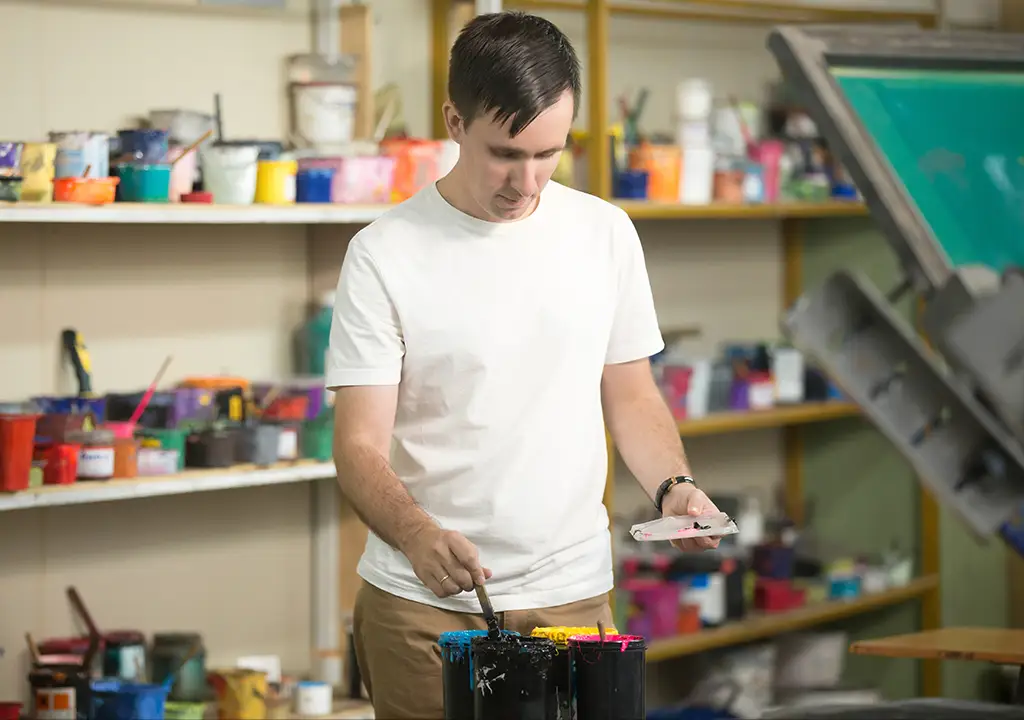
Step 6: Highlight Typography and Branding
Typography plays an essential role in your designs, especially if you’re creating graphic design for t-shirts and mugs that feature inspirational quotes or catchy phrases. Pick fonts that are legible and suit the personality of your brand. You would not prefer to choose too ornate fonts rendering your designs illegible, especially when printed on smaller objects such as mugs or phone cases.
Building a strong brand identity with your designs is also important to recognition. Use the same colors, fonts, and styles throughout your product line so that your store becomes familiar. Strong branding will have people notice and build loyal customer bases who can recognize your products at a glance.
Step 7: Optimize Your Designs for Print
After you are done with your designs, the next step is to make them ready for printing. Among the design tips for the print on demand process, one of the most common is to make sure that your artwork is of high resolution (300 DPI) to get sharp and clear prints. Moreover, make sure that your design is in the appropriate format (usually PNG with a transparent background) to get a good print on the products you have chosen.
In case your design has words, ensure that they are very clear and can be read at different sizes. What you think looks wonderful on a computer screen, might not be suitable for a t shirt or mug. It is a good idea to use mockups to preview your designs and understand their look on the final product before putting them up for sale.
Step 8: Create Personalized Products for Sale
Personalization is a great selling point in the print on demand business. Offering customers the ability to create personalized products for sale is a great way to increase engagement and sales. For example, allowing customers to put their names, messages, or custom artwork on products can give your store a competitive edge. Personalization puts a value on your products and can allow you to charge a premium rate, which is a good option for you and customers as well.
While creating personalized products, make sure your POD service and design tool have this capability. Even certain websites use templates where the users can just fill in their images or text into items like tote bags, t-shirts, or mugs.
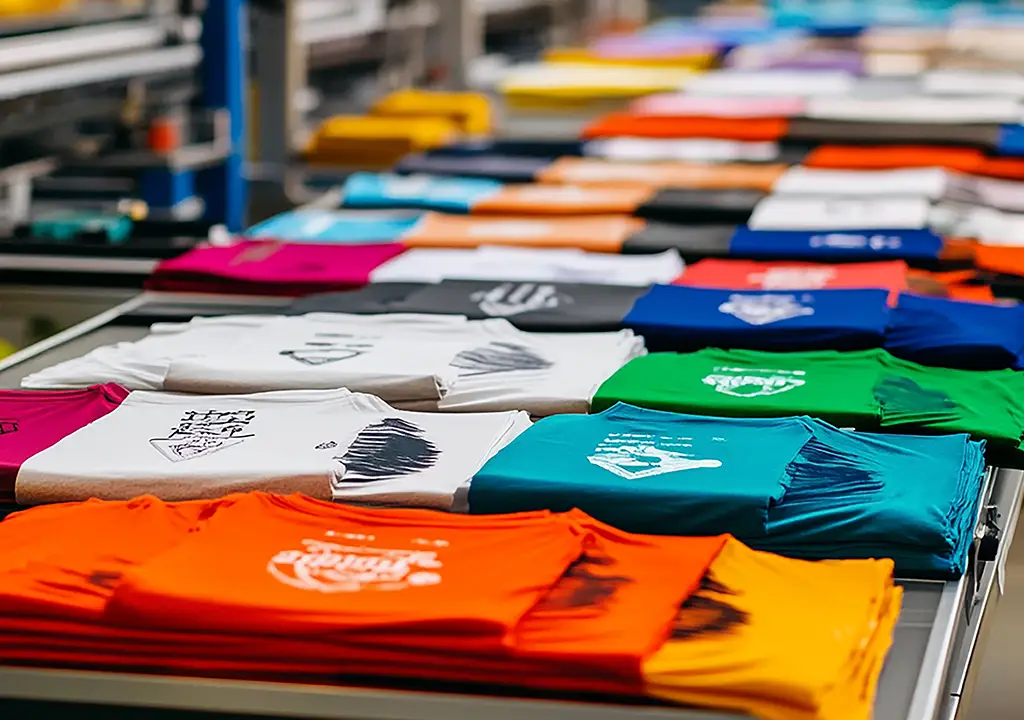
Step 9: Test Your Designs Before Launch
It is advisable to test your designs before selling your products. Order samples from your POD supplier to see how your designs look in actual life. It helps you to identify any printing, color accuracy, or product quality problems that can occur. Testing also makes the design placement perfect and the product of high quality, which can reduce customer complaints or returns.
This will give you confidence and enable you to make any adjustments before when your products are available on your store.
Step 10: Monitor performance and update designs periodically
Finally, after your products are live, make sure to keep an eye on how they are performing. Take note of which designs sell and which do not. This will enable you to modify your products and fine tune your designs based on customer demand. Do not shy away from changing your designs every now and then to ensure your product range remains varied and captivating to your customers.
Coming up with new products regularly also allows you to stay current on seasonality and trends so that your shop has the ability to favorably compete within the POD market.
